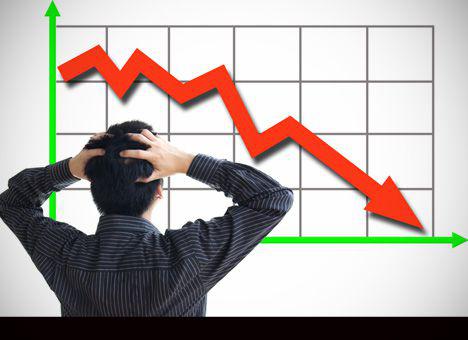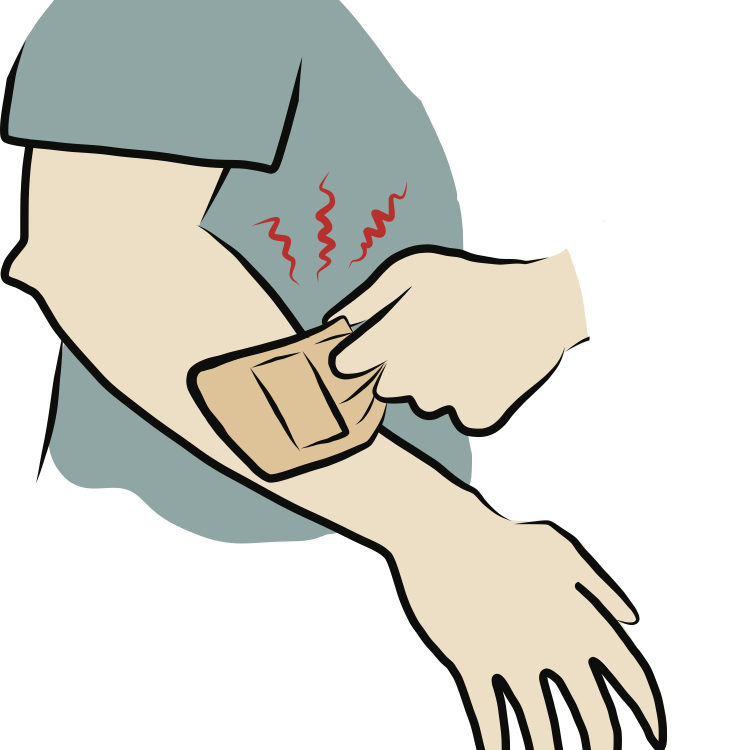Economic Stress Tests Workers Comp Plans

If you have employees, you should have workers’ compensation insurance. It helps employees recover from work-related injuries and illnesses. It’s also known as workers’ compensation or workman’s compensation. The insurance can help to cover your employees regardless of what you call it including lost wages, medical expenses, ongoing care costs, and even funeral expenses.
In short, if an employee is injured or becomes ill while on workers’ compensation, they cannot sue your business. Without this coverage, business owners risk ending up in a lawsuit and paying out of pocket for lawsuit-related expenses.
While an early example of a workers’ compensation system dates back to 2050 B.C, it picked up steam during the Industrial Revolution. But, it wasn’t until 1911 that this became law after Wisconsin was the first state to pass its own workers’ compensation law.
While workers comp has experienced ebbs and flows since then, nothing has tested it like the novel coronavirus that rampaged the world in 2020. As a consequence, questions arose about whether or not it was compensable under workers’ compensation. It also contributed to employee burnout, impacted a return to work, and there’s also been a financial impact.
In some cases, these added stresses could raise the risk of workplace injuries and jeopardize the business’s ongoing success. Business owners hoping to mitigate their worker’s compensation losses can benefit by taking steps to refine and manage their compensation program proactively, ensuring the safety of their workers and protecting their interests.
An Uncertain Economy
The adverse effects of high unemployment rates on workers’ compensation policies are well documented. Many people bring up the Great Recession in conversation today. And, for good reason. Not only was financially devastating, but it also wasn’t that long ago, unemployment insurance acted as a lifeboat for many families. In September 2009, there were over 15 million unemployed Americans, doubling from 7.6 million in December 2007.
After only a few months of the STD-19 pandemic, in April 2020, the unemployment numbers skyrocketed from 15.9 million to 23.1 million. And, every state reached its highest unemployment rate since the Great Recession ended. Change management has become a commodity that businesses are more equipped, smarter, and less apprehensive about today. Taking a pivoting approach, improving process management, and putting their employees’ needs ahead of everything else has helped them succeed.
Occupational Impacts
Although the economy is hoped to improve in 2021 and afterward, the deepening uncertainty and speculation are certain to push the economy into turmoil in the near future. And, as of July 2021, FiveThirtyEight reports that we “still have to go before the economy is back where it was before the pandemic shut down much of American life.” For example, the FiveThirtyEight report states that “the unemployment rate is still 2.4 percentage points higher than it was pre-pandemic.”
In all industries, employment has been reduced in part, and the turnover of workers is particularly alarming. When inexperienced or disoriented employees are hired to perform tasks, workers’ compensation claims can occur.
Construction and manufacturing are experiencing the largest decline in employment. However, the retail, hospitality, restaurant, and education sectors are seeing significant unemployment changes compared to how they were before the pandemic. Some of those latter industries may look for temporary workers or short-term contracts to assist with startup operations, or they might hire and retrain part-time and full-time employees. There may be a higher number of worker’s compensation claims in the near future if these new workforces lack experience in their new occupations.
In addition, it will be important to watch out for existing workers who are working more hours to meet growing sales and service demands. Overtime and unfamiliar tasks performed by employees are definitely increasing hazards for the company.
Workplace security is important to employees. In order to achieve this, some may hide personal injury claims or even create fraudulent claims. Even though workers’ compensation claims have always been ripe for fraud, late-reported claims and fraudulent claims can ensure a worker’s income in the short term. Furthermore, workers should also be aware that the stress associated with a recession and combating unemployment has a significant effect on them. Anxiety, disorganization, depression, and loss of self-esteem are common symptoms. Distraction is detrimental to employee performance both on and off the job due to its significant nature. Distracted workers generally pose a risk to themselves and others.
Telecommuting is also on the rise. The practice was mandatory for most businesses during the shutdown caused by the pandemic. But it is now a part of a growing and permanent workforce. As a consequence, work-from-home policies that detail the scope of work and telecommuter policies are needed. As part of a safety checklist, companies may wish to think about the characteristics of a stable home-work environment and study the Fair Labor Standards Act. In this policy, employees have been made aware of the requirements for working from home, especially if they are paid hourly.
Worker’s Compensation Programs That Are Responsive and Effective
As a result of all of these factors, worker’s compensation programs have changed considerably. Workforce safety, claims excellence, loss control expertise, and accurate policy information are all core components to successfully managing a workers’ compensation policy between the business, the broker, and the carrier. Businesses need to adapt to uncertain economic environments, and even flourish, in order to survive and succeed.
Moving forward, loss control support should be combined with human resources expertise. While business is stressed by this recessionary environment, policies, procedures, job descriptions, and a safety-first culture can help ensure successful operations following the pandemic. As a result, these measures will ensure a disciplined and compliant hiring process, allowing businesses to select and retain the right, and potentially more diverse, employees. Any environment can be offset and combated by having the right staff at the company’s disposal.
Businesses can also use the following tactics to promote success:
- Require workers to return to work. For a worker’s compensation program to work, it has to return injured workers to work as soon as possible. Injury rehabilitation fulfills the needs of injured employees. It’s also the most humane way to treat employees. A return-to-work program reduces employee stress and minimizes litigation risk. Return-to-work programs are specific and actionable with the leading worker’s compensation teams. As a result, not only do employees return to work sooner, but they also tend to hold onto their jobs longer. In turn, this reduces the costs of worker’s compensation programs for insurers.
- Be clear and constant in your communication. It is imperative to communicate with your employee when they are injured. When choosing a carrier, companies need one that has effective procedures and guidance for notice of losses. Consider installing virtual nurse case triage in your network to assist injured workers in today’s environment. The use of such services can expedite communication and make it more convenient for injured employees.
- Analyze the claims patterns for lost time. Correct, document, and learn from the changes that should be made. Consider training and publishing job descriptions to better understand employee turnover. During a recession, many operational changes will have most likely been made.
- Know how often and how severe claims are. Establish stronger partnerships with insurers and agents. Also, monitoring and manage worker’s compensation claims via claim review meetings. Improve the first report process to better triage claims so that outcomes cost can be reduced. And, identify any potential trends in worker’s compensation fraud from these interactions.
- Take advantage of loss prevention services. Rather than managing actual losses, manage the potential for them. After all, the cost of containing or preventing a loss must be understood beyond the direct loss costs and mitigation strategies. By establishing a safety culture and by educating employees about sound workplace behaviors, safety policies and standards promote a safe working environment. Also, accidents and hazards cannot be dealt with simply in the short term. As such, plan in advance to reduce claims and protect employees, so businesses can maximize their chances of doing so.
Business safety cultures can drastically help minimize all hazards, regardless of their foundational structure. Developing creative and proactive policies, as well as programs will make a huge difference.
In the context of risk management, a robust workers’ compensation policy is a fundamental component. In return, a safe work environment will allow the continuation of the only truly sustainable competitive advantage — employees.



